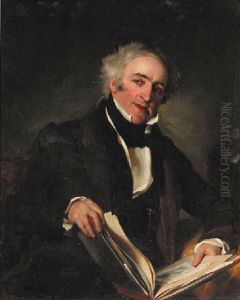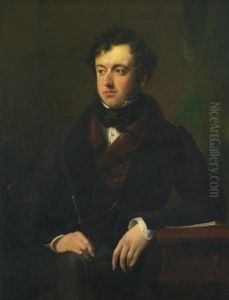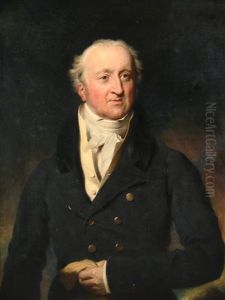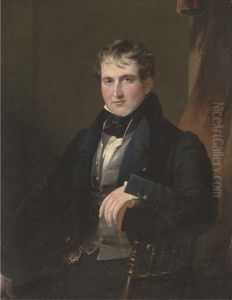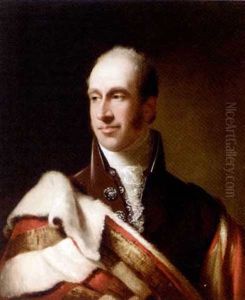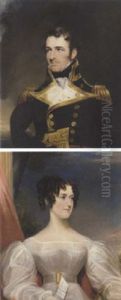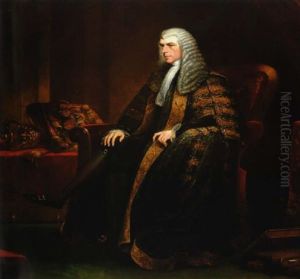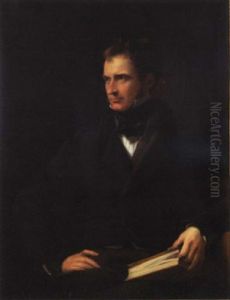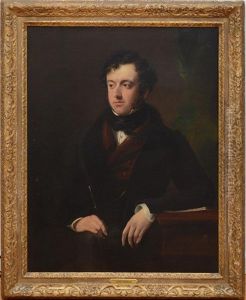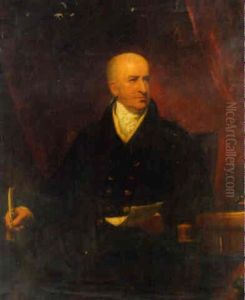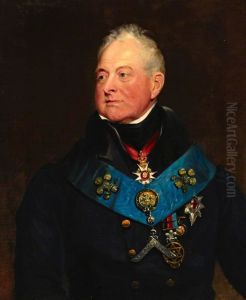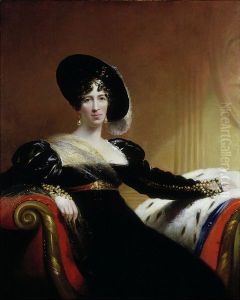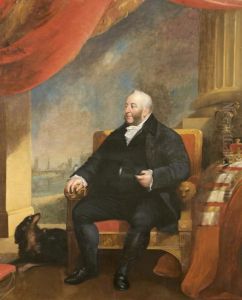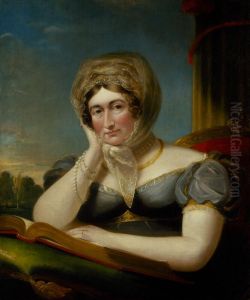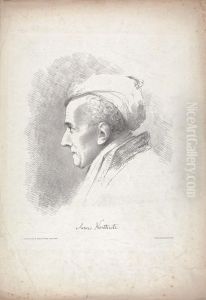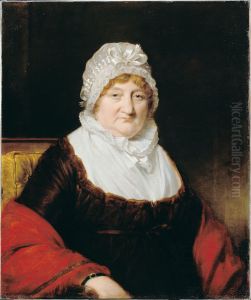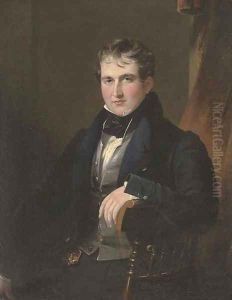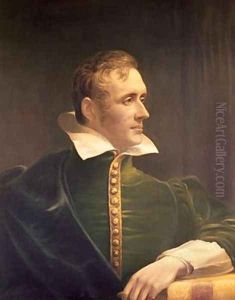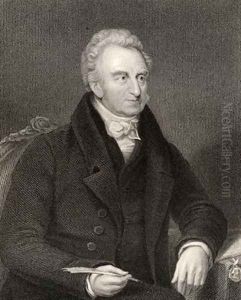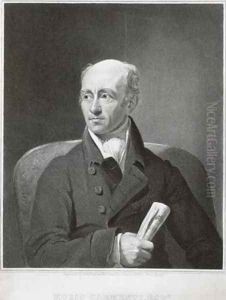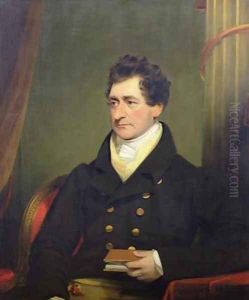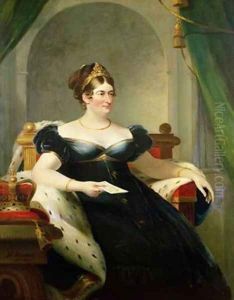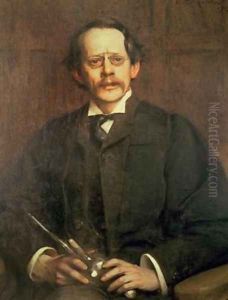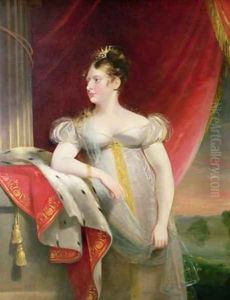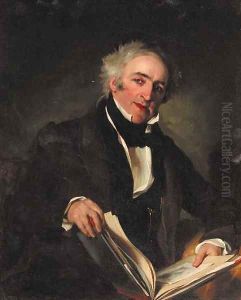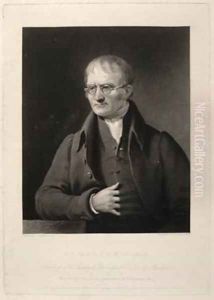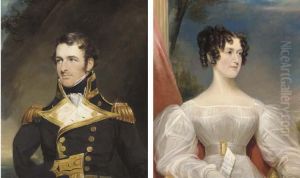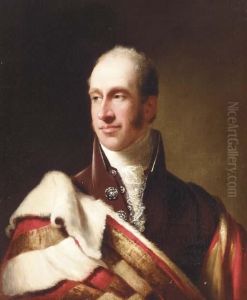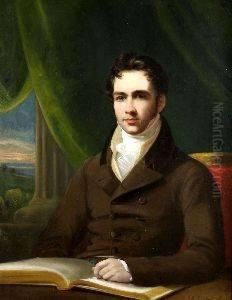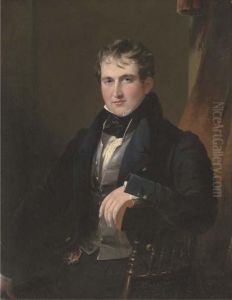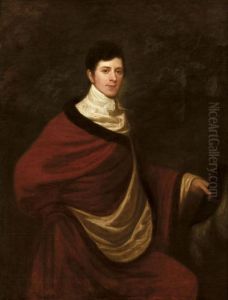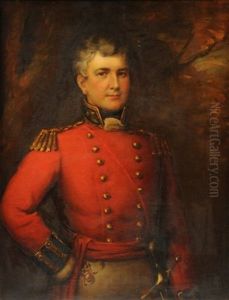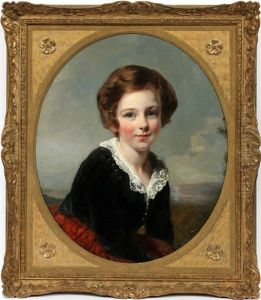James Lonsdale Paintings
James Lonsdale was an eminent English portrait painter who lived during the late 18th and early 19th centuries. Born in 1777 in Lancaster, Lonsdale moved to London to pursue his artistic career, where he initially studied under the renowned portraitist George Romney. After Romney's retirement, Lonsdale continued his studies at the Royal Academy, where he exhibited his works from 1801 onwards.
Lonsdale quickly established himself as a prominent portrait artist in London, gaining recognition for his refined style and ability to capture the likeness and personality of his subjects. His clientele included many notable figures of his time, ranging from aristocrats and politicians to leading personalities in the arts and sciences. Among his most famous works are portraits of Sir Walter Scott, the Duke of Wellington, and Queen Victoria in her youth.
Despite his success, Lonsdale remained relatively conservative in his artistic approach, often compared to his contemporaries such as Sir Thomas Lawrence, who were known for their more flamboyant and expressive styles. Lonsdale's work was characterized by its meticulous detail, balanced composition, and subtle use of color, which earned him a dedicated clientele and the respect of his peers.
Throughout his career, Lonsdale contributed to the development of British portrait painting, blending traditional techniques with his unique sensibility. His legacy is preserved in the collections of many major art galleries and museums, including the National Portrait Gallery in London, where several of his portraits are on display. James Lonsdale passed away in 1839, leaving behind a body of work that continues to be appreciated for its elegance and historical significance.
